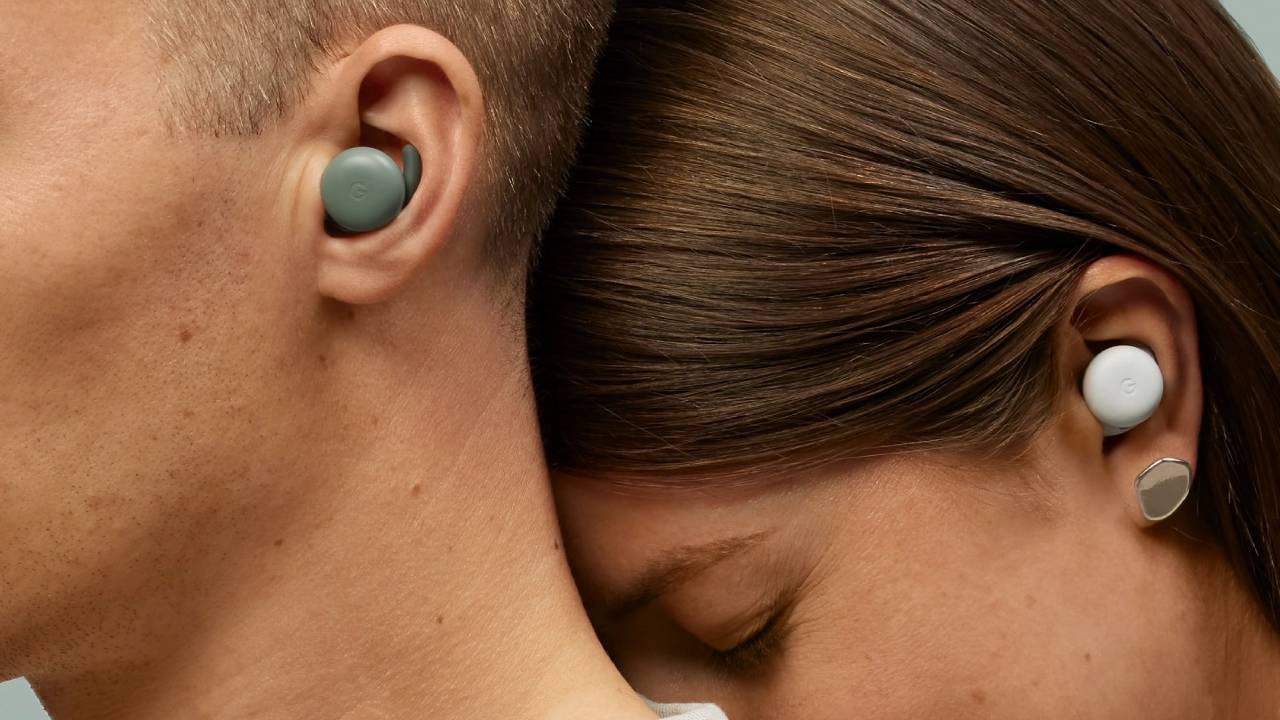Google's new tech can turn any existing ANC earbuds into heart rate monitors
Last night a DJ saved my life? Google's new headphone technology might make that a reality

If you want to track your heart rate with a piece of technology, you'll probably opt for something like a smartwatch. Sure, they come in various guises and forms, but by and large, they'll all enable you to monitor your heartbeat on the go.
You probably wouldn't attempt to do that with a pair of wireless earbuds. But that's exactly what Google is plotting. According to a new research paper developed by the brand, ANC earbuds could be used to detect heart rate, without the need for any additional sensors.
The technology – dubbed Audioplethysmography – sends out a low intensity ultrasound signal from the speaker in the earbud. Then, the microphones on the earbud pick up the response, allowing them to analyse and understand the heart rate.
Of course, it's not quite as simple as that. The paper itself goes into details about the mathematical processes used to analyse the modulation of the blood vessels, but we won't concern ourselves too much with that. Bottom line – you could measure your heart rate with a pair of earbuds.
That's amazing to me. While I'm a big fan of smartwatches, I will rarely wear one. I'm too much of a traditional watch enthusiast to dethrone one of my cherished mechanical pieces in favour of a wrist-mounted computer.
That doesn't mean I don't long for some of the features, though. I really love the peace of mind that comes with having a constant health check-up on your wrist, knowing that I'd be notified if anything wasn't quite as you'd hope it to be. Having some of that – even just a small part of it – available in other parts of the technology ecosystem would make a substantial difference.
Plus, it doesn't sound like something which would require a big hardware change to implement. In fact, the technology utilises hardware which is already built into the devices, meaning a simple software update could be all that is required to bring the functionality to life.
Get all the latest news, reviews, deals and buying guides on gorgeous tech, home and active products from the T3 experts
Should we expect it soon, then? Well, maybe. It will likely need to pass through some regulatory bodies before it can be used by the public, owing to the medical nature of the feature. But still, it's an exciting feature, and one which could give users another option for health tracking.

Sam is an award-winning journalist with over six years of experience across print and digital media. As T3’s Senior Staff Writer, Sam covers everything from new phones and EVs to luxury watches and fragrances. Working across a range of different social media platforms alongside his written work, Sam is a familiar face for fans of T3. When he’s not reviewing snazzy products or hunting for stellar deals, Sam enjoys football, analog photography and writing music.
